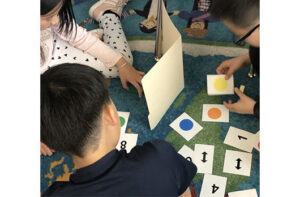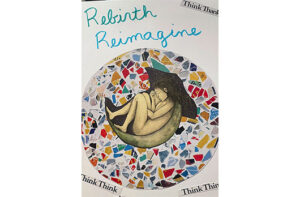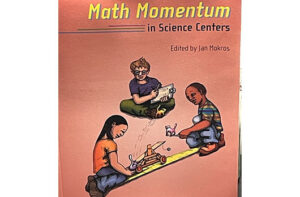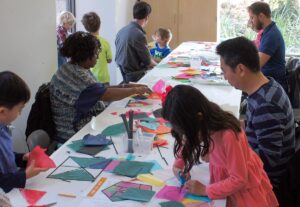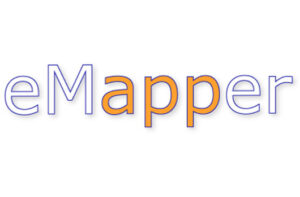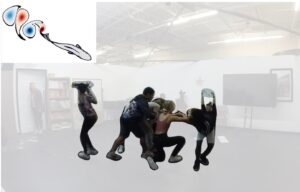Leveling the computational playing field: Inquiring about factors predicting computational thinking in constructionist game-based learning
Giovanni M. Troiano, Amir Abdollahi, Michael Cassidy, Gillian Puttick, Tiago Machado, Casper Harteveld
Troiano, G. M., Abdollahi, A., Cassidy, M., Puttick, G., Machado, T., & Harteveld, C. (2025). Leveling the computational playing field: Inquiring about factors predicting computational thinking in constructionist game-based learning. Computers & Education, 237, 105997. https://doi.org/10.1016/j.compedu.2025.105997
Highlights
- We used Multilevel Modeling to inquire about predictors of computational thinking.
- We used data imputation to compensate for missing data in the secondary dataset.
- Students’ experience with Scratch, teachers’ experience, and game genre predict CT.
- CT rubrics must be explained, and deep play should support constructionist GBL.
Abstract
Computational thinking (CT) is key in STEM and computer science (CS) education. Recently, there has been a surge in studies inquiring about the factors that predict the CT development of young students. We extend these prior works by inquiring about the factors that predict the CT of students (n = 932) in a constructionist game-based learning (GBL) STEM curriculum. Specifically, after addressing missing data through imputation, we apply Multilevel Modeling (MLM) to identify these potential factors in Scratch games and students’ CT. We found that teachers’ experience implementing game-based curricula, students’ Scratch experience, student choice of game genre, and the interaction between teacher experience and game genre significantly predicted CT. Instead, students’ gender did not emerge as a significant predictor of CT. We provide recommendations for curricula that support CT through constructionist GBL.
©2025. This manuscript version is made available under the CC-BY-NC-ND 4.0 license

Related People:
Michael Cassidy and Gillian Puttick


